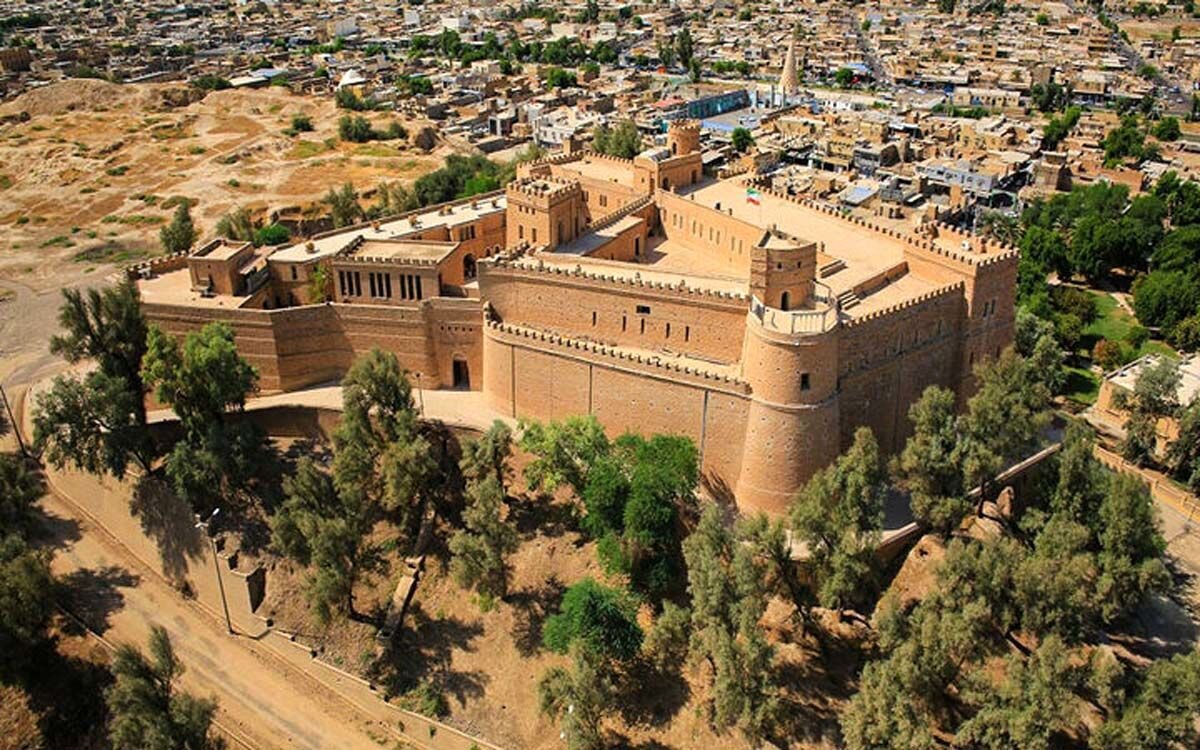Iran’s Shush plans sister city partnerships with Najaf, Paris, and Athens

TEHRAN – The Governor of Shush has emphasized the importance of promoting the city’s rich cultural heritage and announced plans to establish sister city partnerships with Najaf, Paris, and Athens.
These potential collaborations aim to enhance Shush’s global cultural, tourism, and historical ties, Omid Sabripour said.
Shush is overlapped with the ancient city of Susa, which is now a UNESCO World Heritage site.
During a meeting on Wednesday, which was attended by Ali Darabi, the deputy minister of cultural heritage, Sabripour revealed that the proposed partnerships would focus on cultural ties with Najaf, museum and tourism cooperation with Paris, and ancient heritage collaboration with Athens.
Sabripour stressed that Shush, with its abundant and unique historical and civilizational resources, requires special attention from the Ministry of Cultural Heritage to unlock its full potential in the global arena.
Situated between the Karkheh and Dez rivers in southwest Iran, Susa was once one of the most important and glamorous cities of the ancient world. Susa, which has been inhabited for thousands of years, embraces several layers of superimposed urban settlements from around the late 5th millennium BC until the 13th century CE.
The ancient town served as the capital of Elam (Susiana) and the administrative capital of the Achaemenian king Darius I and his successors from 522 BC.
Historically speaking, Susa was once part of the historic kingdom of Elam between Babylon and ancient Persia as the lower Zagros Mountains of Persia descend into the Mesopotamian region.
In a story published by The Travel website on Sunday, People may be familiar with it as being the capital of the Persian Empire in the Book of Esther. According to that account, it was here that Esther was wed to the powerful Persian Emperor and managed to bravely save her Hebrew people from annihilation.
Moreover, Susa continued its magnificence and remained a strategic center during the Parthian and Sasanian periods, the empires that ruled this region during the Roman period.
Today, Susa comprises three archeological mounds and covers around a square kilometer. One may visit the excavated mounds and try to imagine what it was like during its heyday as the capital of what was then the largest Empire in the world. Furthermore, at the archeological site, one can see Ardeshir's palace, and various excavated administrative, residential, and other monuments.
Moreover, it embraces the Tomb of Daniel, a traditional burial place of the biblical figure. Various locations have been named for the site, but the tomb in Susa is the most widely accepted site, it was first mentioned by Benjamin of Tudela, who visited Western Asia between 1160 and 1163.
AM
Leave a Comment